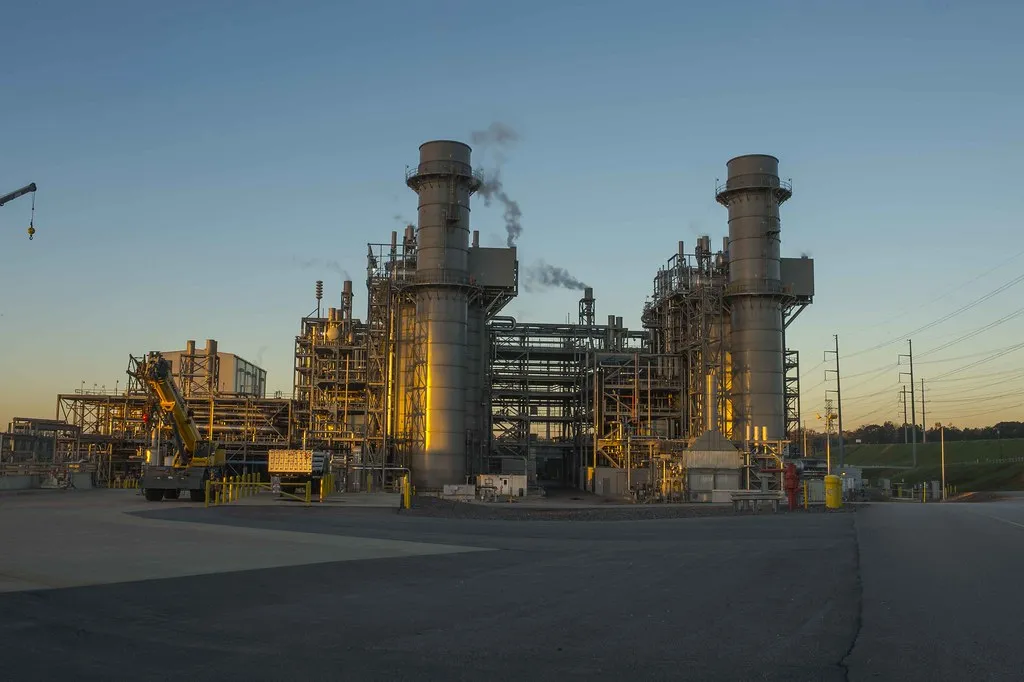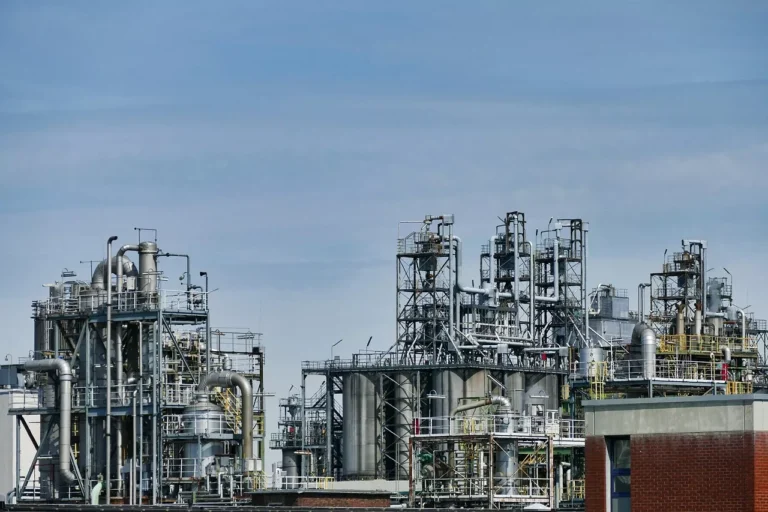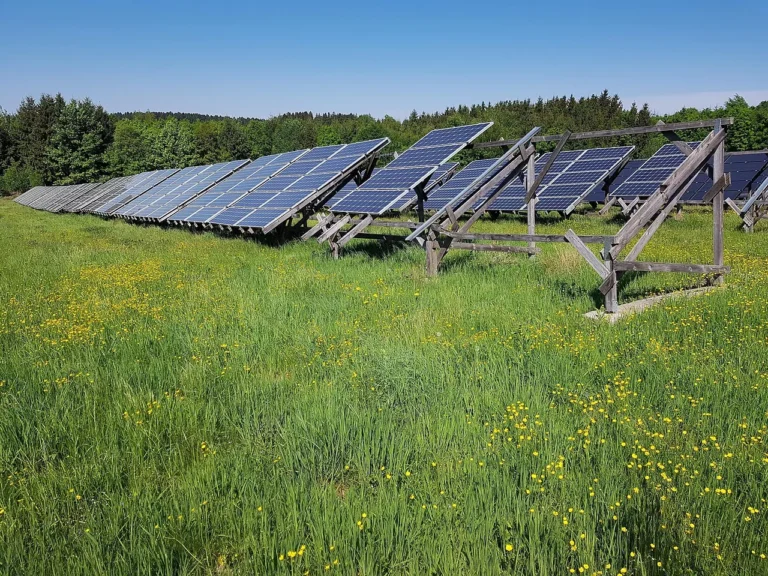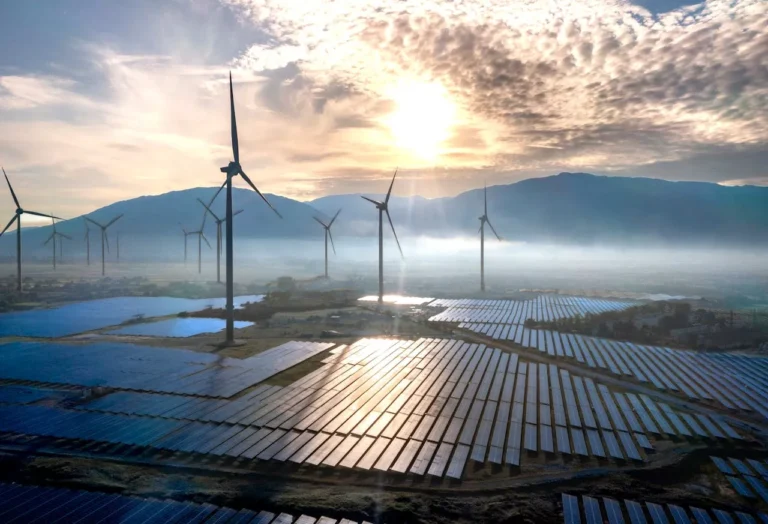
Georgia Power and Mitsubishi Power Successfully Complete World’s Largest 50% Hydrogen Fuel Blend Test on Advanced-Class Gas Turbine at Plant McDonough-Atkinson
In a groundbreaking advancement for clean energy innovation, Georgia Power and Mitsubishi Power have successfully completed a landmark hydrogen blending trial at the McDonough-Atkinson combined-cycle power plant in Smyrna, Georgia. The test, which incorporated a 50% hydrogen blend with natural gas on an M501GAC advanced-class gas turbine, marks the largest hydrogen blend trial of its kind globally and represents a major step forward in hydrogen technology integration for power generation. This successful demonstration shows the potential of hydrogen to significantly reduce carbon emissions while maintaining reliable and efficient power generation.
A World-First Achievement in Hydrogen Blending
The demonstration involved running both partial and full-load operations on the 50% hydrogen and natural gas mixture. According to the project partners, this fuel blend enabled an estimated 22% reduction in CO₂ emissions compared to a baseline using 100% natural gas. Prior to this major milestone, multiple tests were conducted with blends ranging from 5% to 50%, ensuring system integrity, safety, and performance across various operating conditions. These trials took place over several weeks in May and June.
This is the first time that a 50% hydrogen blend has been validated on an advanced-class gas turbine, making it a historic achievement in the pursuit of decarbonizing the power sector. The success is further supported by previous groundwork laid in 2022, when a 20% hydrogen blend was tested on the same turbine model at the same plant.
Turbine Conversion Supports Hydrogen Capability
Prior to these tests, the M501GAC gas turbine underwent a significant conversion from steam cooling to air cooling. This retrofit included the integration of J-series combustion technology, which is well-known for its robust hydrogen co-firing capabilities. The upgrade not only enabled hydrogen blending but also provided operational benefits such as faster start-up times, enhanced turn-down ratios, and reduced maintenance requirements.
These improvements reflect Georgia Power’s strategic investment in its fleet to support both energy reliability and carbon reduction goals. It also sets a precedent for other power providers considering hydrogen adoption.
A Strategic Collaboration: Advancing Clean Energy Innovation
Georgia Power, a subsidiary of Southern Company and the largest electric utility in Georgia, partnered with Mitsubishi Power to execute this pioneering project. The two companies have a shared commitment to advancing cleaner, more efficient energy technologies. Georgia Power has already achieved a greater than 60% reduction in carbon emissions since 2007 and continues to push forward with innovative research and development.
Mitsubishi Power played a critical role, providing full turnkey services for the hydrogen blending project. This included system engineering, planning, hardware supply, controls integration, commissioning, and risk management. The hydrogen required for the tests was supplied and managed by Certarus, a company specializing in low-emission fuel logistics.
Mark Bissonnette, Executive Vice President and COO of Power Generation at Mitsubishi Power Americas, commented on the project’s success:
“Building on the success of our earlier tests, we have achieved a 50% hydrogen blend in an advanced-class gas turbine, showcasing the capabilities of our state-of-the-art technology. This is a significant milestone for both companies and a meaningful step in helping Georgia Power reduce carbon emissions.”
Role of R&D and Broader Hydrogen Vision
Southern Company’s research and development organization provided essential technical consultation throughout the project. As a recognized leader in clean energy research, the team focuses on advancing hydrogen generation, delivery, storage, and utilization. Their involvement underscores the broader industry movement toward low-carbon solutions that ensure both sustainability and reliability.
The hydrogen blending demonstration at Plant McDonough-Atkinson exemplifies how utility-scale hydrogen integration is not only technically feasible but also impactful in advancing decarbonization goals for utilities and governments alike.
Plant McDonough-Atkinson: A Legacy of Innovation
Located just outside Atlanta, Plant McDonough-Atkinson has served Georgia’s electricity needs for more than eight decades. In 2012, the plant underwent a full conversion to natural gas, enhancing its capacity to provide cleaner, more efficient electricity. Today, the facility operates six advanced M501G and M501GAC turbines and three steam turbines in a 2-on-1 combined cycle configuration, supporting the energy needs of up to 1.7 million homes.
The hydrogen blending demonstration adds another chapter to the plant’s legacy, demonstrating its capacity to adapt and innovate in response to evolving energy demands and sustainability challenges.
Natural Gas and Hydrogen in Georgia’s Energy Future
Natural gas currently accounts for approximately 40% of Georgia Power’s annual electricity generation. The utility sees natural gas as a foundational fuel, offering the flexibility and quick ramp-up capability needed to balance intermittent renewable resources like solar and wind.
As part of the Georgia Public Service Commission’s (PSC) Integrated Resource Plan (IRP), Georgia Power is also investing in additional hydrogen-capable infrastructure. This includes the development of three new Mitsubishi Power simple-cycle combustion turbines at Plant Yates in Coweta County. These units, approved in the 2023 IRP Update, will provide additional capacity while maintaining compatibility with hydrogen blends.
Looking ahead, the 2025 IRP includes proposals to upgrade ten natural gas turbines at Plant McIntosh, including both combined and simple-cycle units. These enhancements are expected to add roughly 268 megawatts of additional capacity to meet growing energy demand without the need for brand-new infrastructure. Paired with new renewable generation, such upgrades will help meet future energy needs while aligning with carbon reduction targets.
Leadership Reflections and Industry Significance
Rick Anderson, Senior Vice President and Senior Production Officer at Georgia Power, emphasized the long-term significance of the project:
“At Georgia Power, innovative testing such as this is just one way we help ensure we can deliver reliable and affordable energy for customers for decades into the future. Investments we’re making in our fleet and power grid today will benefit future generations. I’m very proud of the team at Plant McDonough-Atkinson and Mitsubishi Power for their dedication to this project and safely completing this test.”
The success of this hydrogen blending project provides a real-world example of how utilities can deploy clean energy solutions at scale, without compromising system performance or customer reliability. As hydrogen continues to emerge as a key player in global decarbonization strategies, projects like this one offer critical proof points for industry stakeholders, regulators, and policymakers.










